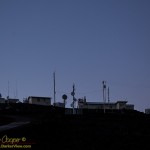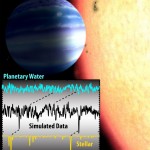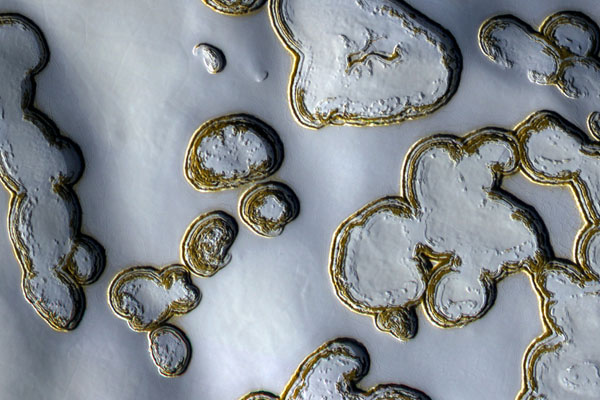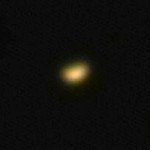Scientific instruments have a habit of presenting us with uncomfortable truths. Galileo’s telescopes showed that our solar system did not conform to the prevailing teachings of the day. The great particle accelerators show a complexity underlying reality that defies a simple explanation of the universe. Likewise an almost forgotten instrument sitting atop a volcano has shown that humans have altered our world in very damaging ways.

It was in the main building that we stopped to look at a little instrument parked rather oddly in the hall. Not much, a simple box with a few aluminum tubes and a bit of circuitry and wiring. It took me a moment to realize I was looking at a piece of scientific history. Here was the Scripps Carbon Dioxide Analyzer that has provided the data that has changed our relationship with our planet.
Continue reading “The Most Reviled of Scientific Instruments”




